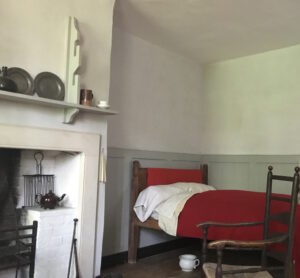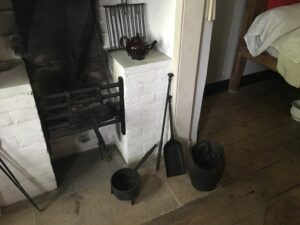As technology becomes more and more integrated into daily life it is natural to try and push it to its absolute limit. In the realm of historical research this has lead to incredible gains in terms of enabling the general public to view primary source material that was previously reserved for a limited academic elite. The main downside to this otherwise incredible leap is that the public is now in a place of transitioning expectations regarding historical material. Most people have an expectation of what they will experience when they enter a physical museum. The ease of accessibility and availability of information are expected to be high because that’s what the museum aims to do. Similarly, when people use the Internet, they have an idea of the quality of service they should expect. Web design is now at the point where many people think there is something wrong with a website if it isn’t as easily navigable as the polished interfaces they are most used to.
These two ideas can come into conflict in a project that aims to create a playable experience such as the digital model of a house in Pompeii produced by the University of Arkansas. It doesn’t line up perfectly with one expectation or the other and can thus seem like a let down. However, one can fully appreciate the work when looking at it not simply as an online museum or a game with some historical content, but as a work of digital humanities with its own aims and expectations surrounding it.
The project aims to create a searchable repository of art from Pompeii that pairs with a 3D model run in the Unity game engine. The project does an effective job at presenting these two parts individually. The database is easy to search and provides detailed information about all of the art that’s been tagged. The model itself is also well put together and provides a good sense of the physicality of the art as it would have originally been displayed. However, the two parts aren’t well linked together. When one is using the model, there isn’t an easy way to connect the images to the information in the database.
This is where the idea of expectations creates a stumbling block for the project. It’s not a traditional museum in the sense that the information isn’t physically juxtaposed. It also doesn’t fit the average persons definition of an effective website due to its lacking connectivity. However, this does not mean the project has failed at its aims. It has successfully created an interface that allows users to learn about art in Pompeii and see it in context. It just requires a transition from the existing expectations surrounding the digital world and humanities to a new expectation governing how one looks at digital humanities as a combined concept to be fully appreciated.



